

If you haven’t heard the sad news about how bees are in decline all over the world, you’re in for a shocker with today’s article. It’s true, the famous black and yellow-striped pollinators in your backyard are not doing so hot these days. Whether you realize it or not, there are fewer bees pollinating your dandelions this year than last. Unfortunately, bees have been on this downward spiral for a while. It’s time to wise up and save the bees…
Please note, this post contains affiliate links. If you click through and make a purchase, I receive a small commission. This doesn’t cost you anything, but it makes me happy…so happy that I might even go out and hug a tree! Thanks for your support! Read my Disclaimer for additional information.
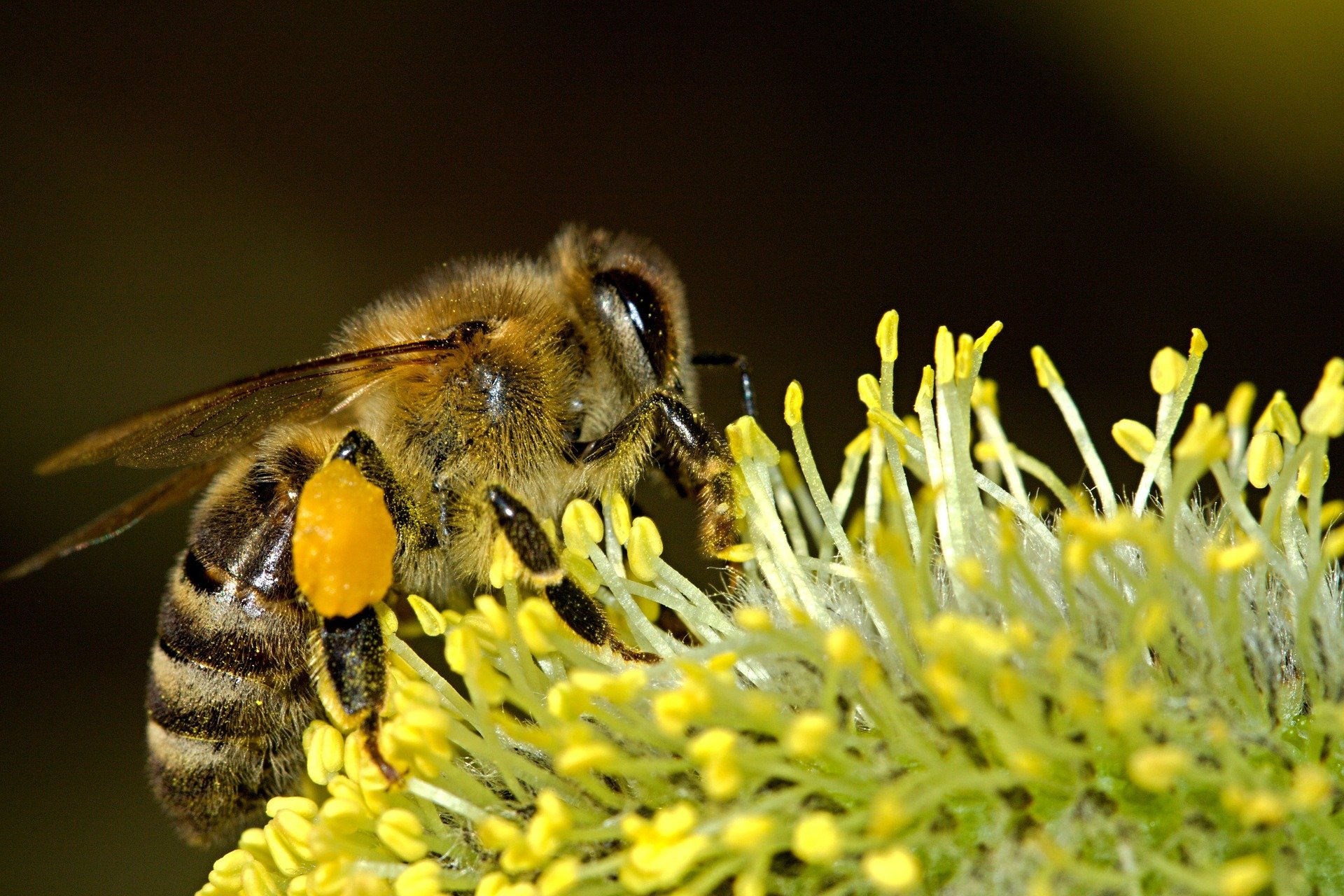

My daughter shies away from bees whenever she sees them in our yard. She remembers the time I stepped on one (accidentally, of course – because who would ever do that on purpose?), and spent the next 30 minutes groaning on the couch with an ice pack on my foot. I explained to her that a bee dies when it releases its stinger, so the bees aren’t “out to get her.” It’s a last ditch effort when they feel mortally threatened. Apparently, that did absolutely nothing to alleviate her memory (and associated fear) of my agony.
You might be wondering why scientists are worried about something so small, even though it packs such a painful punch. After all, it’s just an insect. They’re everywhere, right? And insects reproduce like crazy…just look at the mosquitoes in your yard. There’s no reason to worry about bees…is there?

Bee Statistics
Actually, yes, there is. Although they are indeed insects, their situation is very unique. They may be able to defend themselves individually, but they’re struggling to defend themselves as a whole. A 2017 study by the Center for Biological Diversity reports that over half of the known bee species in North America are in decline. Nearly one in four are at risk for extinction.
A May 2014 White House Report indicates that since 2006, beekeepers have lost on average 30% of their colonies each winter. In the past, that number was as low as 10%. In the winter of 2013-14, total loss rates were down to 23.2%, which seemed promising. However, in 2014-15, loss rates jumped to an alarming 40%, significantly higher than historically-acceptable winter mortality rates.
Managed honey bee hives have steadily decreased in number from 6 million colonies in 1947 to 2.5 million today. Combine this fact with the knowledge that the human population has increased steadily over that same time period, and you have a recipe for agricultural disaster. This information is staggering when you consider that more than 90 commercial crops (one-third of our food), including almonds and other nuts, fruits, vegetables, alfalfa, and hay are pollinated primarily by bees.
Honey bee pollination of these crops yields billions of U.S. dollars each year. For example, the almond industry in California requires pollination services of roughly 1.4 million bee hives per growing season. That’s 60% of all the bee hives in the United States! The resulting crop equates to 80% of all almonds produced worldwide and contributes 4.8 billion dollars yearly to the U.S. economy.
Why are Bees in Decline?
Most scientists agree the sudden loss of entire hives, referred to as Colony Collapse Disorder, is likely the result of one (or more) of four known threats. Colony Collapse Disorder is not a new problem for bees. Mass disappearances of adult bees resulting in hive collapse occurred periodically in the past, but not at the magnitude we’re seeing now. Today, honey bees are fighting multiple stressors, including a reduction in genetic diversity, exposure to pesticides, pest infestation and disease, and a lack of adequate habitat.
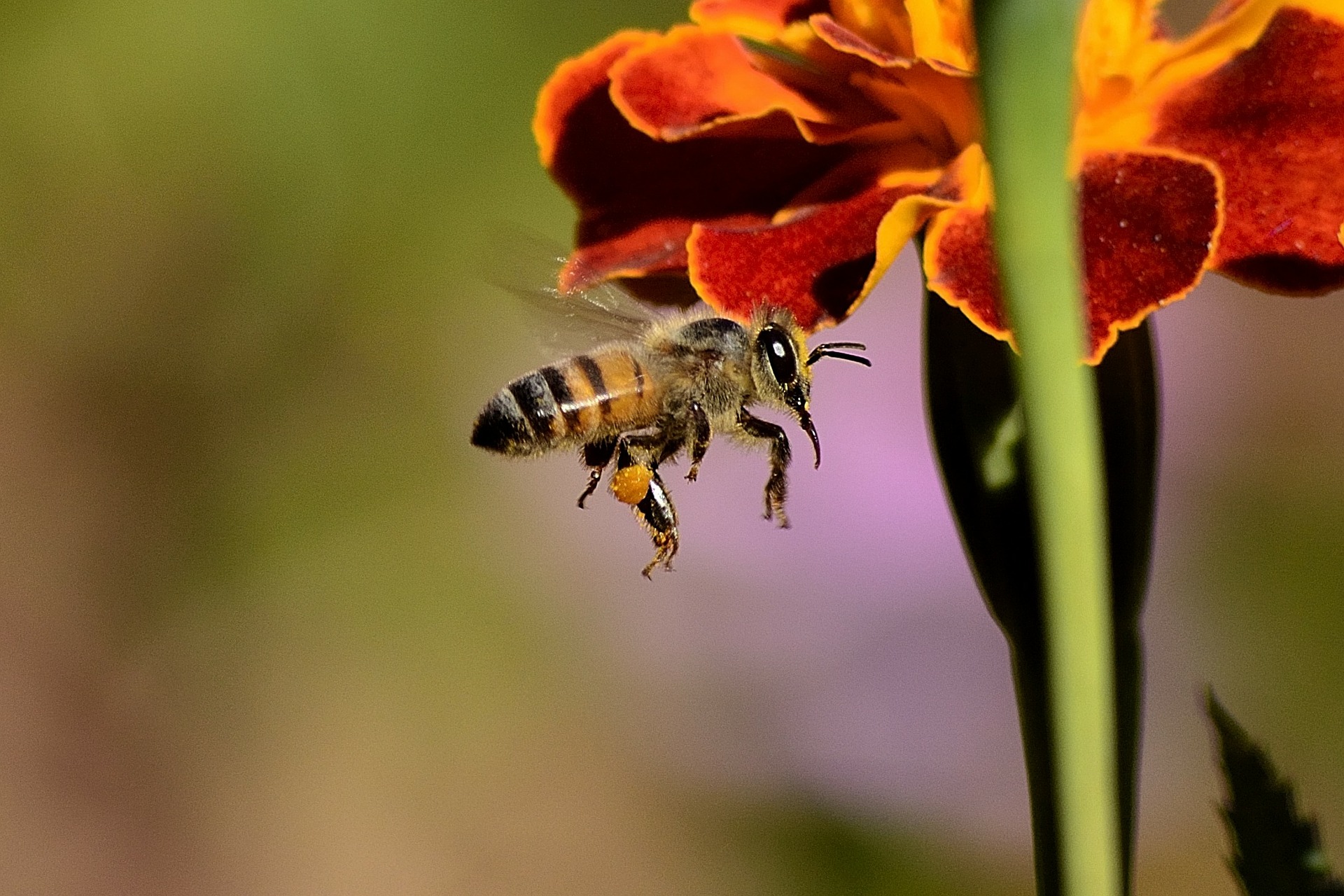

Genetic Diversity
Only a small selection of honey bee subspecies were brought to the New World back in the 1600’s when we first began domesticating them. Unfortunately, that means the bees we have today are descended from a limited number of ancestors, thus resulting in lowered genetic diversity. Queen bees, in particular, lack the biodiversity needed to fight off pests and pathogens, and they’re passing that unfortunate trait down to their offspring.
Researchers have studied the effects of increased diversity on bee colony health by observing how many males a queen bee mates with each season. The more mates she has, the greater the chances the colony will survive the season and subsequent winter. The information they collected offers guidance to beekeepers, helping them make decisions about their breeding strategies that will increase survival rates for their colonies.
Pesticide Exposure
Perhaps the most deadly pesticide for bees is the neonicotinoid group, common in agricultural use in North America and Europe. In 2017, two separate studies were conducted to find out how this pesticide affects bees, and what quantities and exposure times were statistically significant. The studies determined that even high levels of neonicotinoids would not outright kill bees, but instead slowly destroyed the hive over time. Queen bees, in particular, were at greater risk for illness and death.
Neonicotinoids dissolve easily in water and therefore can travel some distance away from their original application source. Researchers found the pesticide in leaves, pollen and nectar. Pollen from pesticide-laden flowers was then discovered on other plants located miles away from the crop fields. Not only did the pesticide travel, but it also stuck around throughout the entire growing season rather than just when crops were in bloom.
Bees exposed to the pesticides experienced impairment of their natural defense systems. Bees use something called “social immunity” to detect and remove sick members of the colony from the nest. The longer the bees were exposed to the neonicotinoids, the less this behavior occurred, resulting in sick bees infecting others in the colony and reducing survival rates.


Pests and Disease
If neonicotinoids are the worst pesticide offender for bees, that would make the parasitic mite, Varroa destructor (aptly named), the worst pest. Varroa mites originated in Asia, and their speciality is attacking bee pupae. They latch onto the baby bees and suck fat from their cells, transferring viruses into their bodies that can cause genetic deformities.
To fight these pests, researchers in the USDA Bee Lab in Baton Rouge, Louisiana, developed an experimental breeding program. Through careful selection processes, the researchers were able to breed bees with natural abilities to repel mites. The resulting offspring are being integrated into beehives around the country in hopes they will pass their mite-fighting genes to future generations.
In many cases, beekeepers must resort to using pesticides to get rid of mite infestations in their hives. As we know, this is not good for the bees either. Just this year (2019), a new hive called the Cocoon has been developed to help eliminate Varroa infestations without the use of chemicals. The Cocoon takes advantage of the mite’s one apparent weakness, excess heat, by using top-mounted solar panels to power a heater that keeps the hive at a toasty 108 degrees Fahrenheit. Bees can withstand heat with little issue, so even though this new hive is expensive, it may be the beekeeper’s newest best friend in the fight to save our bees.
Habitat Loss
Noah Wilson-Rich founded the Best Bees Company in 2010 after completing his dissertation on bee immunology at Tufts University. The company was initially created to raise funding for scientific research to improve honey bee health. Through subsequent years of research, Wilson-Rich and his colleagues have learned that although bees do suffer from a lack of genetic diversity, pesticides, disease, and pest infestation, one of the biggest reasons for their decline is loss of habitat.
Wilson-Rich’s team discovered that bees thrive in the most unlikely places, including cities and other large urban areas. Hives in these locations produce more honey, have longer lifespans, and are more biodiverse. When he began questioning why this was the case, he realized that it came down to one simple thing: there are more flowers in the cities.
While this seems counter to what you might think, consider that most major cities employ groundskeepers full-time to plant and tend gardens, flowering trees and shrubs, and seasonal planters. In the suburbs, the variety of flowering plants is limited. In fact, many people have little more than a few stray dandelions on their manicured lawns to offer bees.
Wilson-Rich developed a method to test honey from various cities to determine what types of plants bees were visiting. He found that on average, over 150 plant species can be found in just one teaspoon of honey produced by a beehive in a large city. This was not the case in the suburbs.
Implications of Bee Research
Not only does this information tell us where bees are thriving and why, but it can also provide a blueprint or baseline measurement of any habitat. That blueprint could be used to rebuild a city in the event of a major disaster, such as a hurricane or tornado. In fact, honey DNA data collected before and after Hurricane Maria hit Puerto Rico in 2017 is currently being used to help officials decide what to plant to return the land to its original condition.
As this research continues, honey DNA will be used to determine which pollinator-friendly plants have deep roots to help prevent soil erosion. It will also be offered as recommendations for city planners when making decisions on what trees, shrubs, and flowers to plant along city streets. Knowing what they know now, the Best Bee Company is partnering with cities across the U.S. to establish bee colonies on high-rise rooftops, in back alleys, and on abandoned property.
In 2014, President Obama issued a Presidential Memorandum that called upon the U.S. to create a federal strategy to promote the health of honey bees and other pollinators. The plan was for the government to provide research funding, land management assistance, and public education. A new Pollinator Health Task Force would be created under the joint effort of the U.S. Department of Agriculture and the Environmental Protection Agency with the goal of developing a national “Pollinator Health Strategy.” Work continues on that initiative. As of October 2018, at least 22 individual states have also adopted legislation to help save our bees.
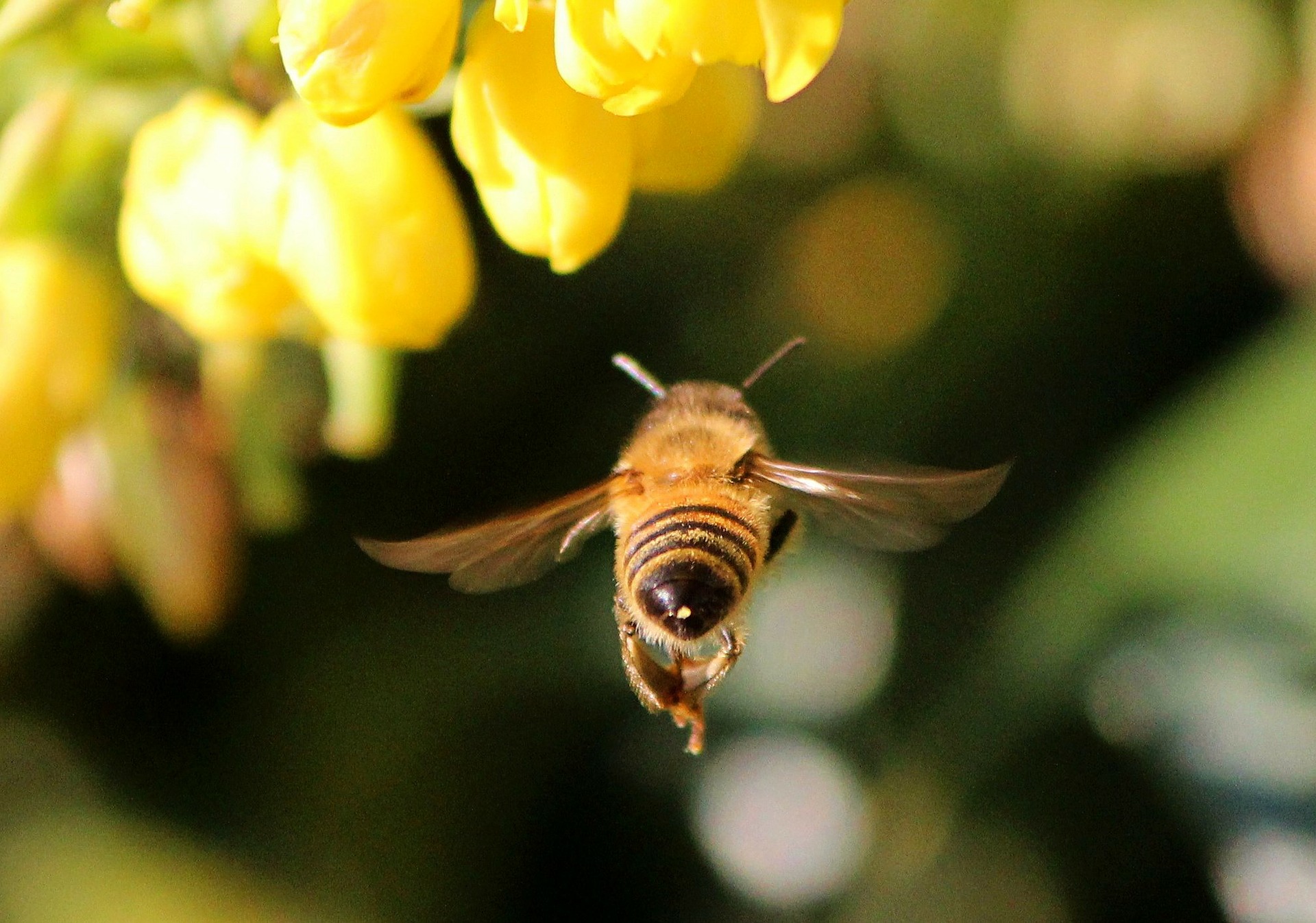
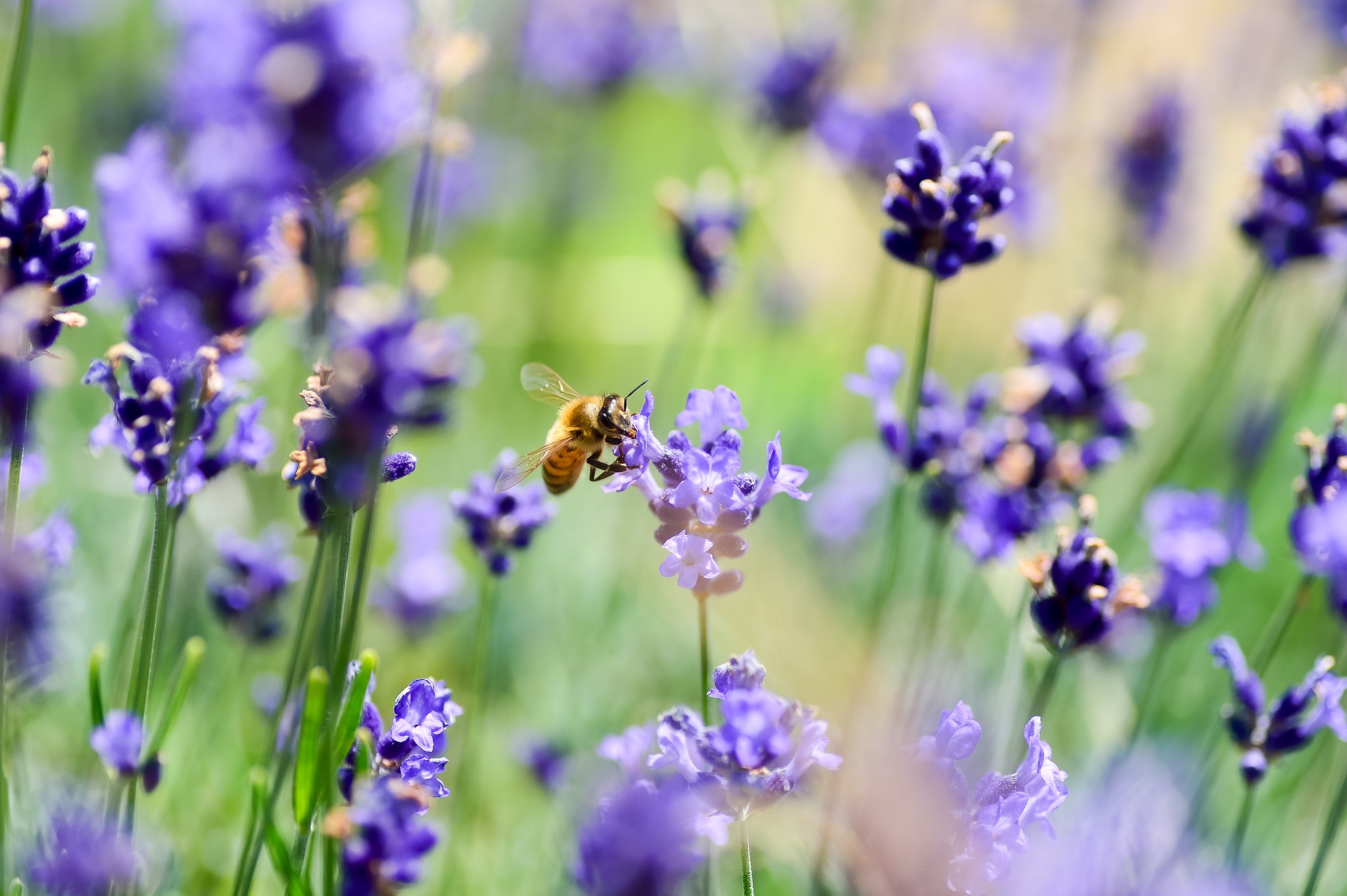
How Can You Help Save the Bees?
There are three primary ways you can contribute to increased bee health and better habitat. If you live in the suburbs, plant a variety of shrubs, trees, and flowers to attract bees to your neighborhood. Native plants are best for the bees in your area, but having a variety of species for bees to choose from is crucial as well.
Bees are attracted to flowers based on their color, shape, and texture. Their favorite flowers are white, blue, yellow, and pink. Flowers with easy access to pollen and nectar are preferred. Your geographic location, soil, and annual precipitation will determine which types of flowers you should plant, so be sure to do a little research in advance. Below is a short list of flowering plants that bees love:
Black-eyed Susan
California poppy
Honeywort
Basil
Cilantro
Sunflower
Spider flower
Asters
Bergamont
Butterfly weed
Coreopsis
Dahlia
Sage
Lavender
Cactus
Coffeeberry
Desert willow
Holly
Hydrangea
Redbud
Wild lilac
Acacia
Crabapple
Hawthorn
Magnolia
Basswood
Black locust
Red maple
Tupela
Willow

Planting more flowers for bees is one simple way you can encourage their survival. Another way is to make sure you’re not using pesticides or herbicides on your yard. Better habitat is only “better” if it’s not poisoned. Both pesticides and herbicides stick around in the soil and are absorbed by plant roots, stems, and flowers.
If you’re really interested in learning more about bees and potentially setting up your own hive, search for local places to buy honey bees. Make certain you get professional assistance when setting up your hive and ask lots of questions. Working with a hive requires patience and a solid understand (and appreciation) for the species.
Educating others about the benefits of having bees around their homes is the final way you can help, and likely the most important. My daughter still keeps her distance from bees, but after further explanation as to why they’re so important, she now has a healthy respect for them. So, the next time you see a honey bee buzzing around your hydrangeas, don’t shy away. Instead, take a moment and thank her for her contribution to our health. Hopefully, we’ll be able to return the favor one day.
Related Articles
If you enjoyed this article, you may wish to read these as well!
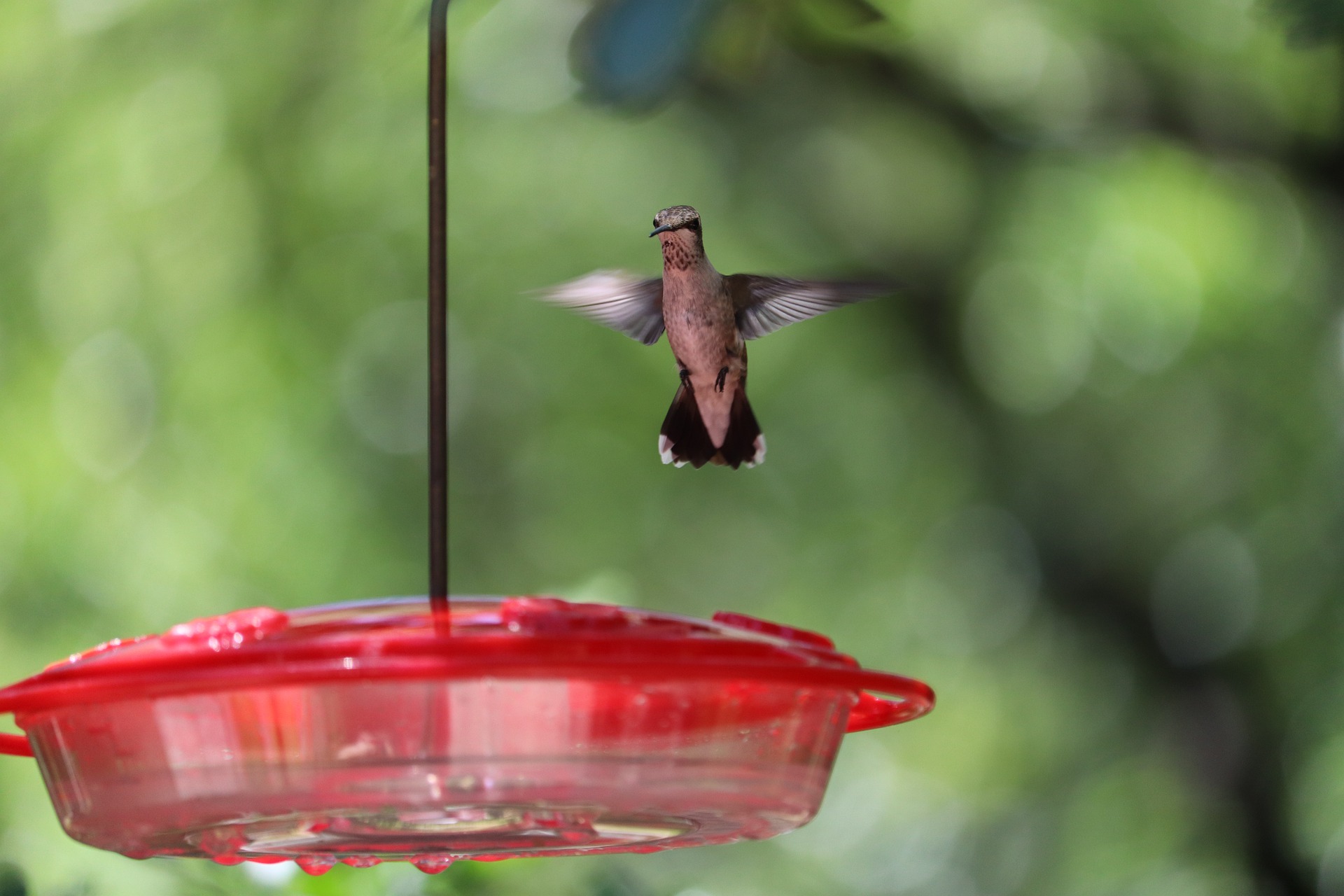
Attracting Hummingbirds
There are more than 300 species of hummingbirds worldwide, but only a couple dozen visit North America. Of those, very few will stay year-round. Instead, they migrate to warmer climates (Central and South America) when it gets cold. So, why don’t hummingbirds stick around all year? To put it simply, hummingbirds are not fond of winter (kind of like me)...
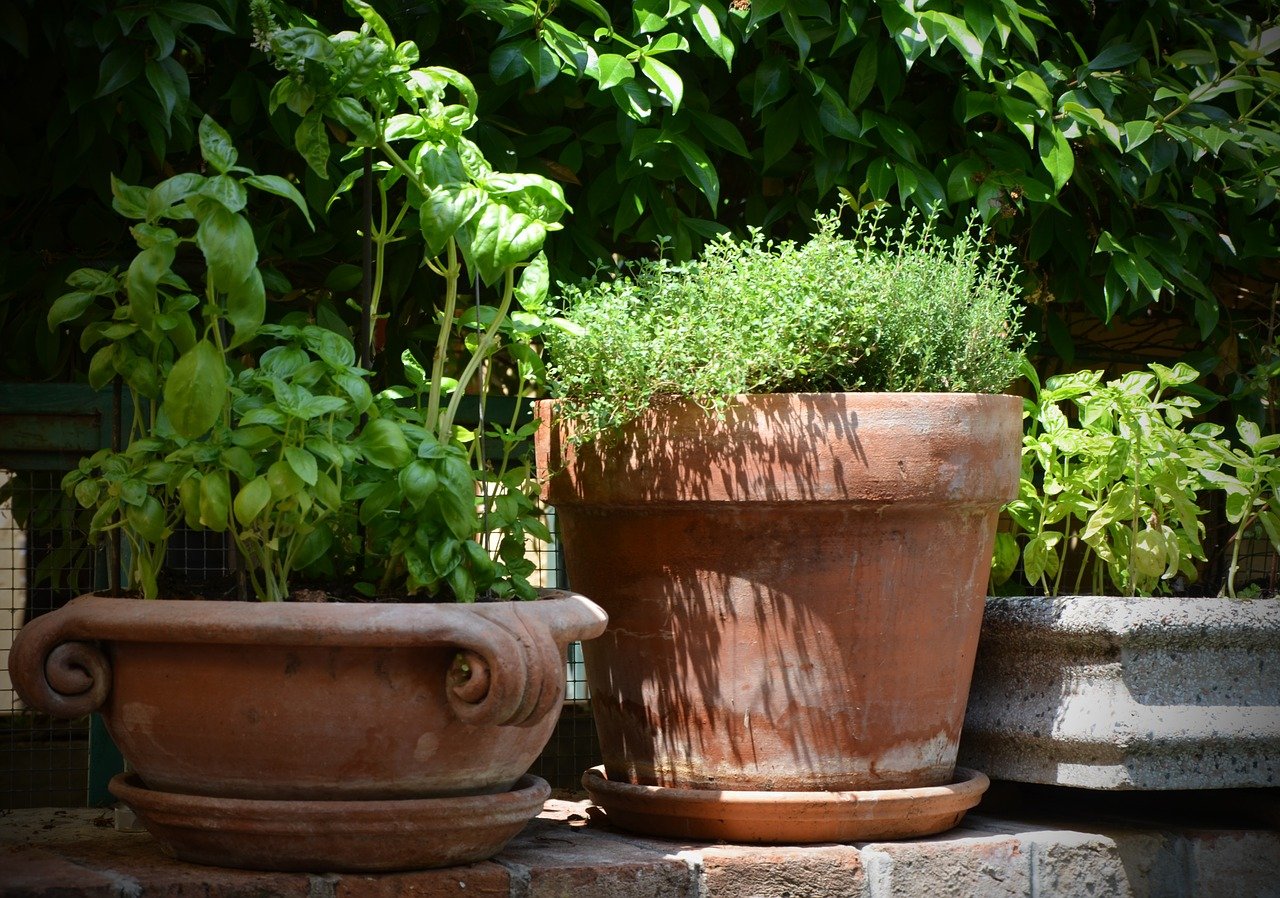
DIY Garden Label Stakes
So, as much as I would love to brag that I’m a natural green thumb, that would be a little white lie. To put it simply, I have a tendency to kill green things. It’s sad, but true. Don’t get me wrong, I love planting flowers, herbs, and vegetables. They just don’t love staying alive every time I do. Honestly, I think I enjoy crafting DIY garden label stakes and other outdoor decorations more than tending the actual garden...
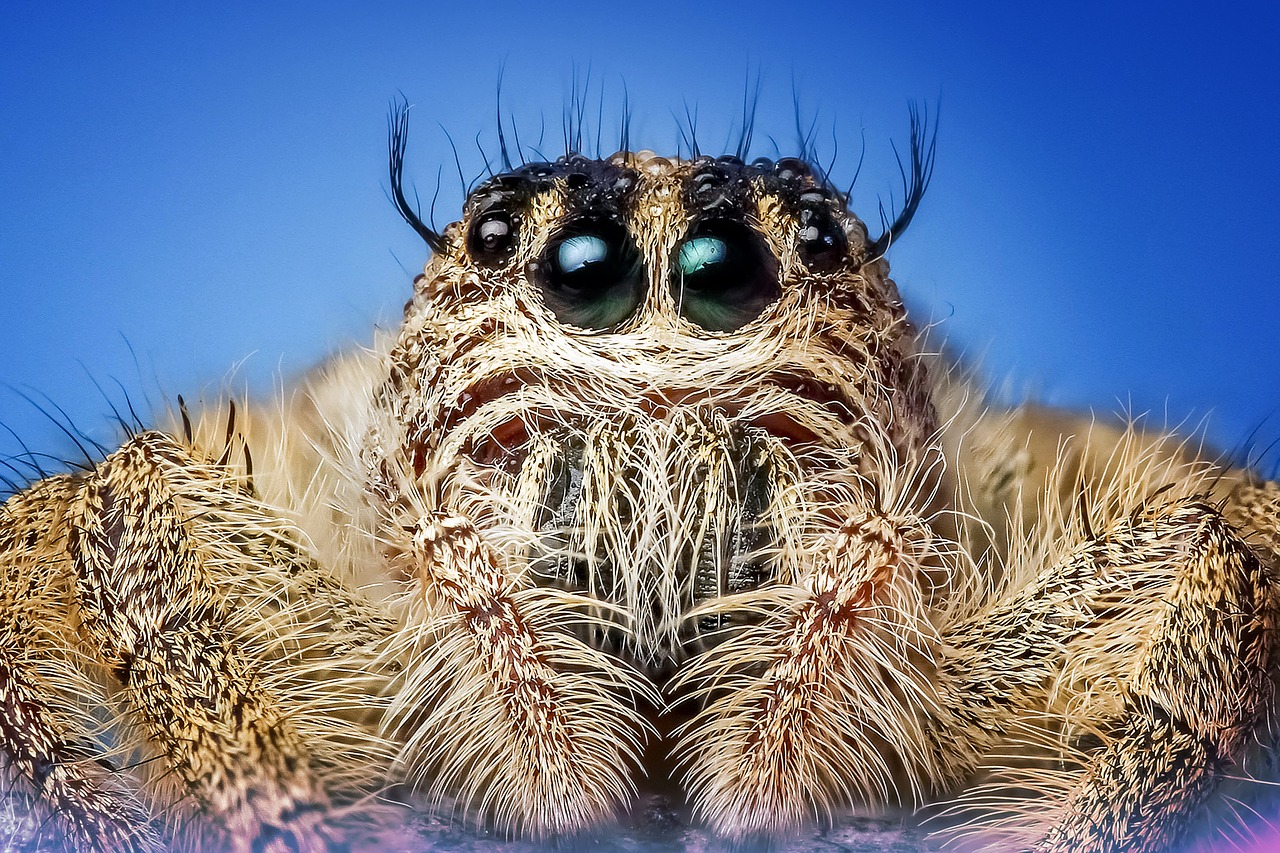
All About Spiders
Wondering how to get rid of spiders in your house? Well, if you read this article, you’ll learn about spiders in a different light. You already know where spiders live…in your home, right? Well, that’s not the only place you can find them. Keep reading…there’s a lot more to spiders than just eight legs...


